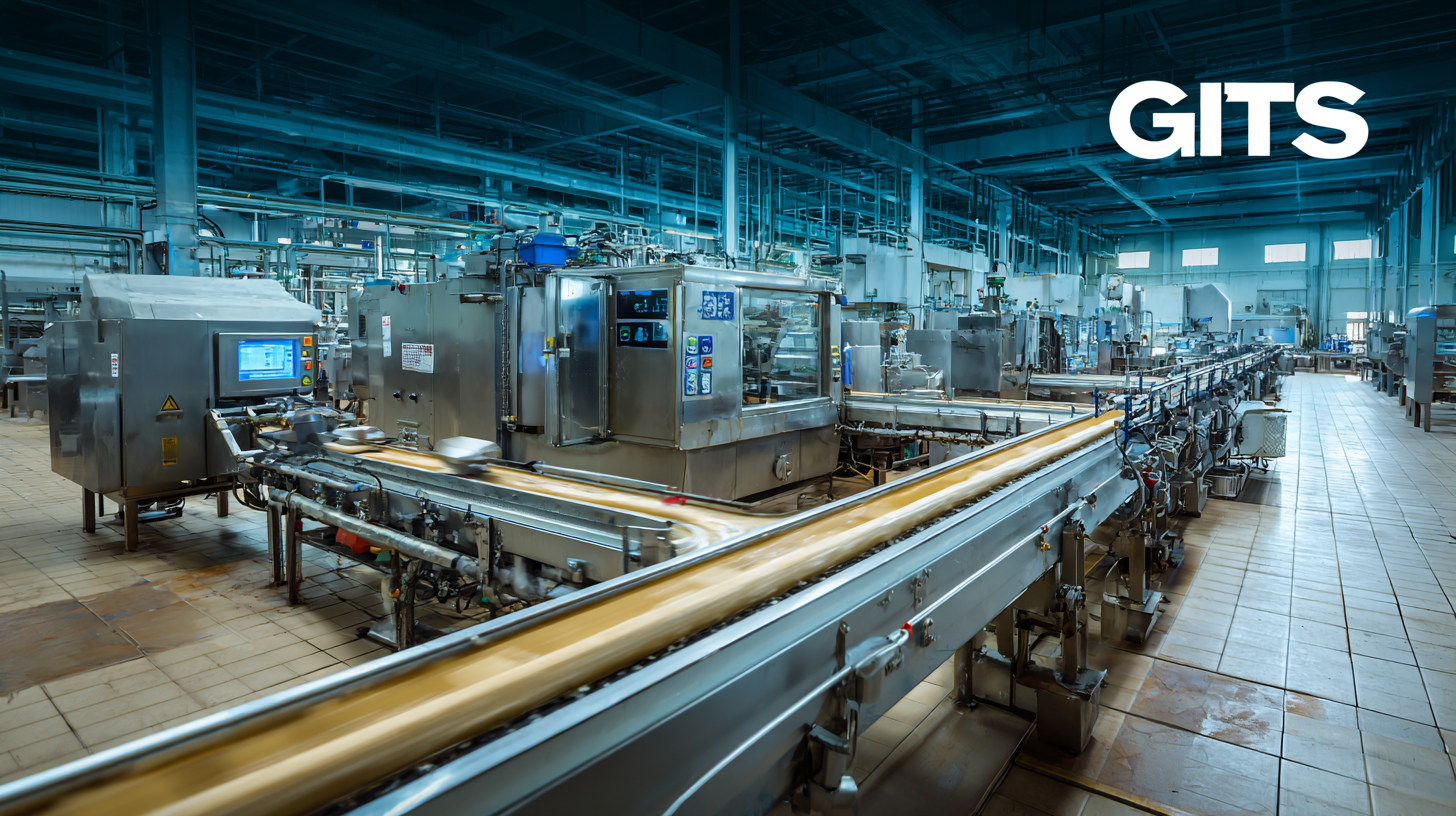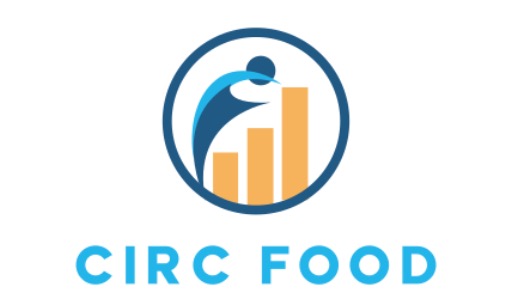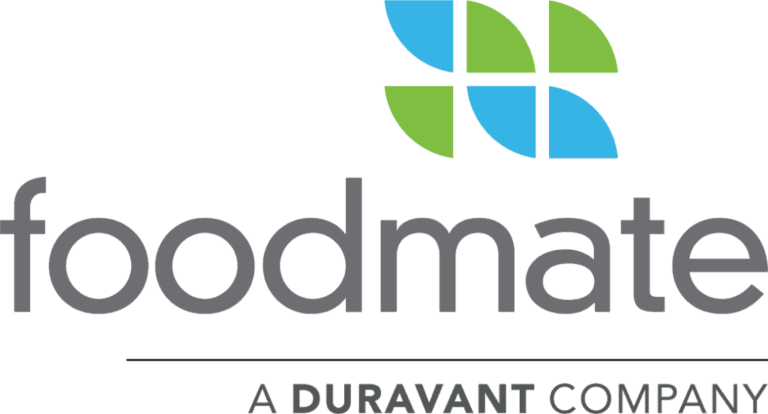10 Ultimate Food Processing Equipment Innovations You Can't Ignore in 2023
In the rapidly evolving Food Processing Equipment Industry, staying ahead of the curve is essential for businesses aiming to enhance efficiency, productivity, and quality. As we delve into 2023, a myriad of groundbreaking innovations is transforming the landscape of food processing, presenting exciting opportunities for operators and manufacturers alike.

This blog post will explore ten ultimate innovations that cannot be overlooked, ranging from state-of-the-art machinery to revolutionary automation technologies. Whether you're a seasoned player in the food processing realm or just stepping into this dynamic field, understanding these advancements is crucial for optimizing operations, meeting consumer demands, and ensuring food safety.
Join us as we uncover the latest trends and technologies that are shaping the future of the Food Processing Equipment Industry.
Revolutionary Automation in Food Processing: Enhancing Efficiency and Consistency
As the food processing industry continues to evolve, automation stands at the forefront of revolutionary changes that enhance efficiency and consistency. According to a recent report by Statista, the global food processing automation market is projected to reach $29 billion by 2026, growing at a compound annual growth rate (CAGR) of 7.2%. This rapid growth underscores the industry’s shift towards integrating advanced technologies, such as robotics and AI, to streamline production processes. Automation not only reduces labor costs but also minimizes human errors, ensuring that the final products meet stringent quality standards.
Moreover, data from Research and Markets indicates that implementing automated systems can increase production efficiency by up to 30%. This is particularly crucial in an era where consumer demand for quick and high-quality food products is on the rise. Automated processes, such as robotic packaging and sorting, allow for faster production cycles while maintaining the consistency that consumers expect. Additionally, as the industry grapples with labor shortages, investing in technology-driven solutions becomes essential for businesses seeking sustainability and competitive advantage in 2023 and beyond.
10 Ultimate Food Processing Equipment Innovations You Can't Ignore in 2023
| Innovation | Description | Benefits | Adoption Rate (%) | Year Introduced |
|---|---|---|---|---|
| Automated Ingredient Handling | Systems for automatic measuring and dispensing of ingredients. | Increased accuracy and reduced labor costs. | 70 | 2021 |
| AI-Powered Quality Control | Using AI for real-time monitoring and defect detection. | Improved consistency and reduced waste. | 65 | 2022 |
| Smart Packaging Technology | Packaging that provides real-time data on freshness. | Enhanced shelf life and customer satisfaction. | 40 | 2023 |
| Robotic Food Preparation | Robots used for tasks like chopping, mixing, and cooking. | Higher efficiency and reduced labor requirements. | 50 | 2021 |
| Blockchain for Traceability | Use of blockchain technology to track ingredients. | Enhanced transparency and food safety. | 45 | 2022 |
| Energy-Efficient Cooking Equipment | Innovations that reduce energy consumption in cooking. | Cost savings and reduced environmental impact. | 60 | 2023 |
| IoT-Enabled Monitoring Systems | Devices that monitor equipment and environmental conditions. | Real-time data for proactive maintenance. | 55 | 2022 |
| Vacuum Packaging Machines | Advanced machines for vacuum sealing products. | Extends shelf life and reduces spoilage. | 75 | 2023 |
| 3D Food Printing Technology | Using 3D printing for creating complex food designs. | Innovative presentations and custom food items. | 30 | 2023 |
Smart Sensors and IoT Integration: Transforming Food Safety Standards
In 2023, the food processing industry is witnessing a significant transformation driven by smart sensors and Internet of Things (IoT) integration. These advancements are not just technological upgrades; they are revolutionizing food safety standards in ways that were previously unimaginable.
 Smart sensors are equipped to monitor temperature, humidity, and other critical factors in real-time, ensuring that food products remain within safe parameters throughout the production process. This level of precision reduces the risk of contamination and spoilage, elevating the overall quality of food products.
Smart sensors are equipped to monitor temperature, humidity, and other critical factors in real-time, ensuring that food products remain within safe parameters throughout the production process. This level of precision reduces the risk of contamination and spoilage, elevating the overall quality of food products.
Moreover, IoT integration facilitates seamless communication across various stages of food processing. By connecting sensors and devices, manufacturers can receive immediate alerts about any deviations from safety standards, allowing for swift corrective actions. This proactive approach not only enhances compliance with regulatory requirements but also builds consumer trust in the products they purchase.
As companies increasingly adopt these innovative technologies, we can expect to see a marked decrease in foodborne illnesses and a significant improvement in supply chain transparency, ultimately leading to safer and more reliable food options for everyone.
Sustainable Packaging Solutions: Innovations Redefining Environmental Impact
In 2023, sustainable packaging solutions are not just a trend but a necessity as the food processing industry seeks to reduce its environmental footprint. According to a recent report by Smithers, the global sustainable packaging market is projected to reach $500 billion by 2027, fueled by increasing consumer demand for eco-friendly alternatives. Innovations in biodegradable materials, such as plant-based plastics and compostable films, are redefining how products are packaged while ensuring they maintain freshness and safety.
Tip: Consider integrating biodegradable packaging materials into your supply chain. Not only can this significantly lower your carbon footprint, but it may also enhance your brand’s reputation among environmentally conscious consumers.
Moreover, advancements in packaging machinery technology are making it easier for companies to adopt sustainable practices. Automated equipment is now designed to utilize less energy and produce less waste, helping manufacturers meet regulatory standards while simultaneously cutting costs. With the rise of smart packaging, businesses can also benefit from real-time tracking of their products, leading to better resource management.
Tip: Leverage smart packaging technologies to not only minimize waste but also provide consumers with information about the sustainability of your products. This transparency can foster consumer loyalty and differentiate your brand in a competitive market.
Advanced Mixing and Blending Technologies: Achieving Perfect Consistency
In the fast-evolving world of food processing, the importance of advanced mixing and blending technologies cannot be overstated. Achieving perfect consistency in food products not only enhances their appeal but also ensures quality and safety. Innovations such as high-shear mixers and continuous blending systems are at the forefront, allowing manufacturers to create homogenous mixtures with unprecedented efficiency. These technologies reduce processing time and minimize waste, making them essential tools in the quest for excellence in food production.

Moreover, the integration of smart technology into mixing and blending processes is transforming the landscape. Automated systems equipped with sensors can monitor viscosity and texture in real time, enabling precise adjustments to achieve the desired consistency without manual intervention. This not only optimizes production but also maintains batch-to-batch uniformity, a critical factor in delivering consistent quality to consumers. As food producers strive to meet increasing demand and improve their offerings, embracing these advanced mixing and blending technologies will be crucial for staying competitive in the market.
High-Pressure Processing (HPP) Equipment: A Game Changer for Shelf Life Extension
High-Pressure Processing (HPP) has emerged as a pivotal innovation in the food processing equipment landscape, particularly notable in 2023. This technology utilizes high pressure to extend the shelf life of various food products while maintaining their flavor, nutrients, and overall quality. Recent studies indicate that meat products have been the primary benefactor of HPP, with the technology leading to a significant reduction in spoilage and pathogen growth. According to industry reports, HPP can reduce microorganisms by up to 99.9999%, making it a crucial solution for ensuring food safety.
Moreover, the versatility of HPP extends beyond meat processing. Pulse electric field technology complements HPP by enhancing product texture and quality, particularly in fruits and vegetables. Research shows that applying pulsed electric fields improves the extraction of juice from potatoes, demonstrating the capability of HPP equipment to optimize raw materials for diverse applications. As consumer demand for cleaner labels and extended shelf life continues to rise, HPP stands out as a game changer, presenting manufacturers with an effective method to deliver high-quality, safe food products that meet modern consumer expectations.









